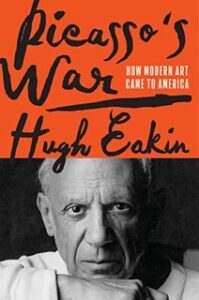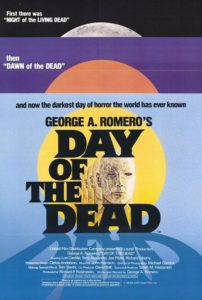The COVID Response. What We Got Wrong.
Part X: Black Africa’s Great Numbers

On Friday, I said I’d write about something that has puzzled me since I began tracking the COVID case and mortality data in the middle of 2020. If you believed what the WHO and the CDC were recommending back then, you would have expected to see that the widespread lockdowns, mask mandates, and other draconian measures resulted in lower case fatality rates. But within six months of the WHO alerting the world to the threat of COVID-19 in January of 2020, there were already so many nonsensical announcements coming from both the WHO and the CDC that I began to doubt everything that was said.
I was looking at the differences between places where the restrictions were extensive and those where they were minimal – both here in the US and in other countries. And what I saw for most of 2020 seemed to validate the positions of the WHO and the CDC. The states and countries that had put stricter preventative measures in place had better case fatality rates.
As time passed, the differences became negligible. Thus, for example, the mortality rates for Florida, which was famously relaxed on the shutdown, ended up statistically even with (in some cases lower than) states like California, New Jersey, and New York. Likewise with countries. (China, which I wrote about on Friday, was used by some advocates as a shining example of the effectiveness of stringent lockdowns.)
Meanwhile, I couldn’t help but notice that many of the countries with the lowest COVID mortality rates were countries that, in my mind, should have had the highest.
I’m talking about poor, undeveloped, third-world countries that typically get the worst of any sort of natural disaster. Countries with widespread poverty, terrible sanitation, and 18th century health infrastructure. I’m talking, specifically, about the countries of “Black” Africa.
Why were their mortality rates so low?
Until recently, I couldn’t find a cogent explanation for it. I couldn’t even find the question being asked. (Which was likely because, despite pretenses to the contrary, the American media is not the least bit interested in what happens in Black Africa.)
But about a week ago – to settle some argument I was having with a friend – I did a Google search to determine the average age of people in the US as compared to Japan. The median age of Americans is 38. And the median age of the Japanese is 47. Nearly 10 years older!
Then I noticed something remarkable. With an average age of 47, Japan is near the top of the 10 oldest populations in the world. And all of the ten “youngest countries” in the world, with an average age of 18 or less, are in Black Africa!
And then I thought…
Age – i.e., old age – is probably the single most important factor in determining the case fatality rate for COVID. We know that children have virtually no chance of dying from COVID. That’s pretty much true of people in their teens and 20s, too. People in their 30s and 40s have a small but possible chance, especially if they have “comorbidity issues.” But the vast majority of COVID-caused deaths occur in people in their 70s, 80s, and 90s. So surely, the fact that the average age of Black Africans is about half that of Americans must be one reason they have had such low mortality rates.
So then I thought about the other leading factors in COVID mortality. What about obesity?
Obesity is generally listed as the second greatest risk factor in COVID mortality. I checked – and, yes, obesity is almost nonexistent in Black African countries.
Two for two.
And what’s the next most common factor in COVID mortality?
It’s diabetes. And guess what? The percentage of Black Africans that suffer from diabetes is less than half that of the US!
So, there I had it. Mystery solved!
The reason the poorest, least developed countries in the world have the best records in terms of defeating COVID-19 is because their people are the youngest, slimmest, and least likely to have diabetes.
By the way… none of this is brand-new information. The CDC had access to it at the beginning of the pandemic. Had they used it to institute a sensible policy for protecting Americans from COVID-19, it would have looked like what I suggested two years ago:
Protect the old, the obese, and those with comorbidities (especially diabetes) with masks and social distancing. And reduce the threat to the rest of the population by keeping schools and businesses open to achieve herd immunity as soon as possible.






